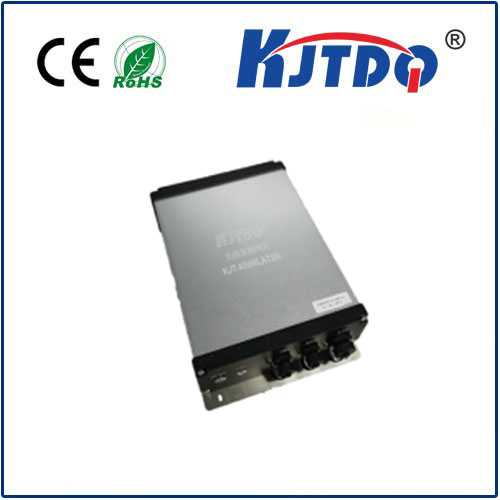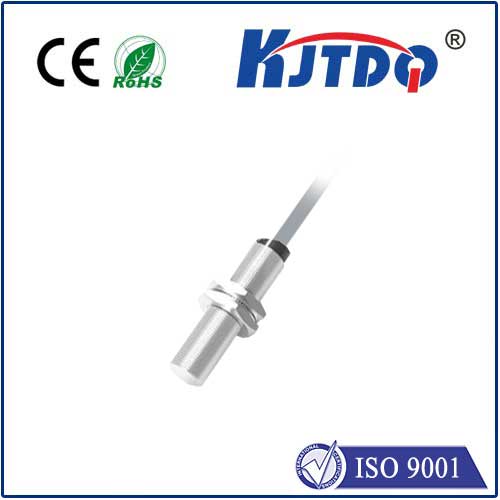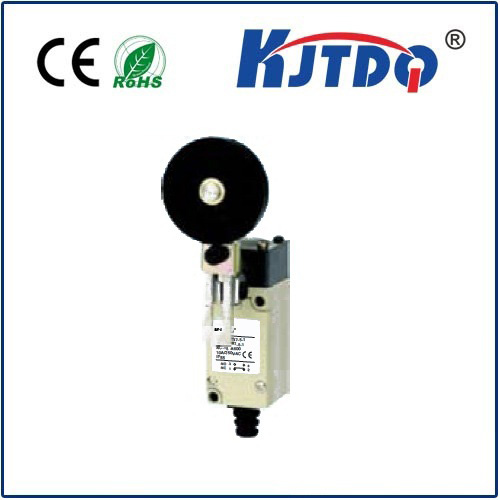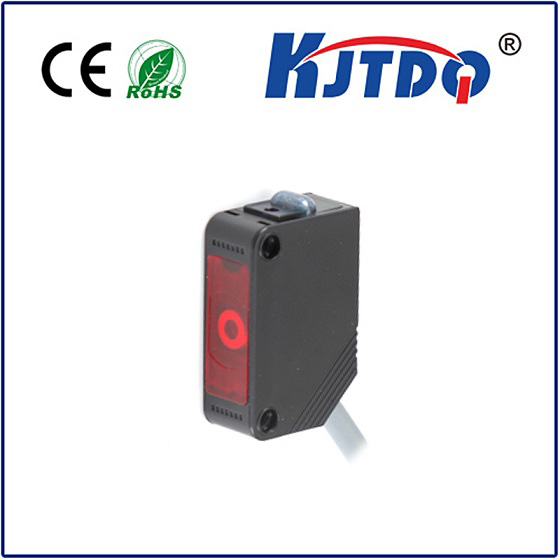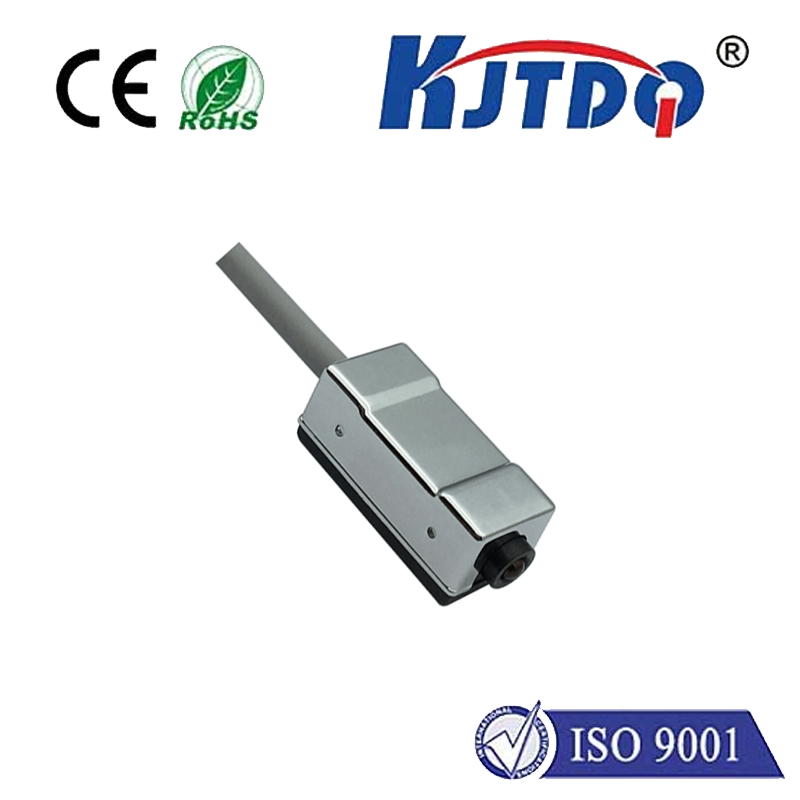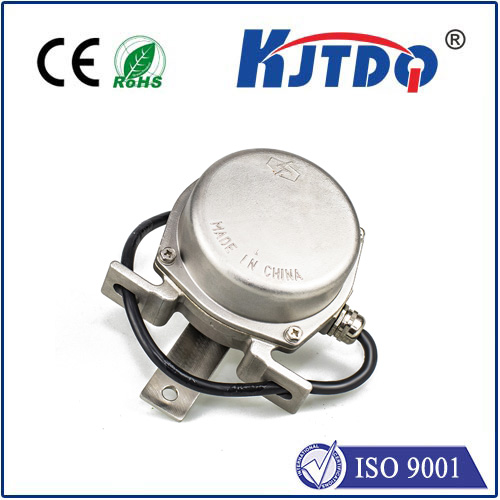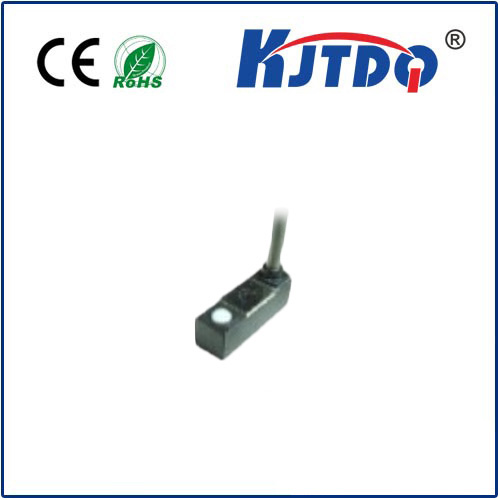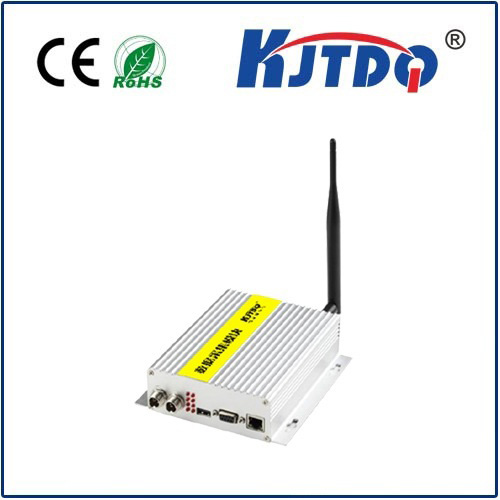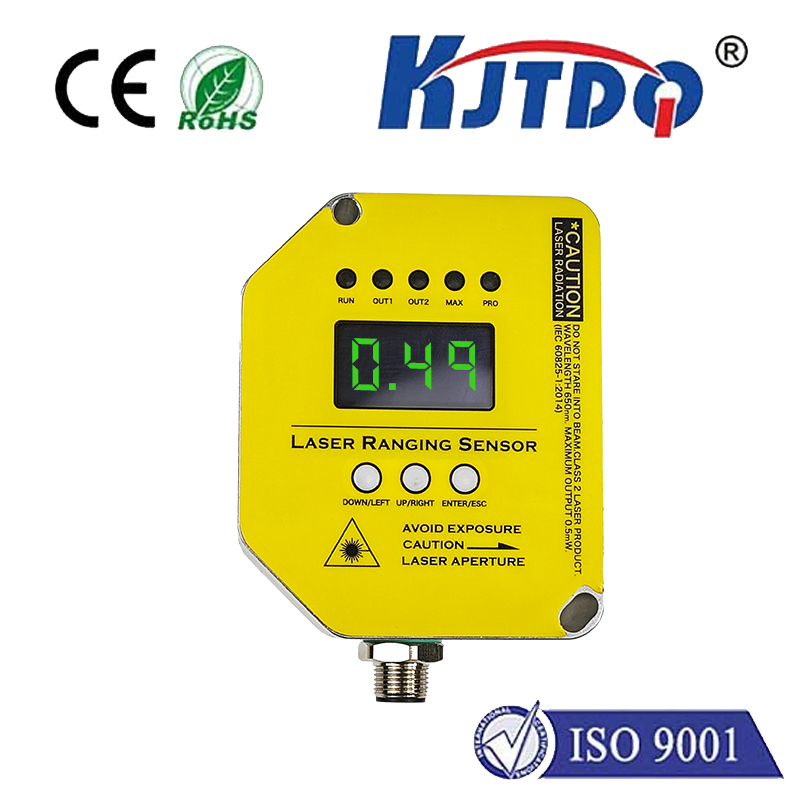sharp ir proximity sensor
- time:2025-07-18 08:59:00
- Click:0
Sharp IR Proximity Sensors: Your Guide to Reliable Distance Detection
Imagine a vending machine dispensing your snack precisely when your hand waves near the selection pad. Envision a robot arm gracefully halting before colliding with an unexpected obstacle. Picture an automated conveyor belt starting only when an object is correctly positioned. These everyday marvels often rely on a critical, yet unseen component: the Sharp IR proximity sensor. These compact, efficient sensors are the workhorses of non-contact distance measurement, enabling countless applications where knowing how close or how far is vital. Let’s delve into how these remarkable devices function and why they remain a top choice for engineers and makers.
At its core, a Sharp IR proximity sensor is an optoelectronic device. It utilizes infrared (IR) light, invisible to the human eye, to detect the presence and distance of objects within a specific range. Unlike simple presence detectors, Sharp’s sensors are specifically designed to provide an analog voltage output that varies proportionally with the distance to the target object. This makes them incredibly versatile for applications requiring more nuanced information than just “on” or “off.”
The fundamental operation principle is elegant, leveraging the triangulation method:
- IR Emission: An integrated infrared emitter diode constantly (or, in many models, pulses) sends out a beam of IR light. This specific wavelength is chosen for its reliability and resistance to interference from common ambient light sources.
- Reflection: When this IR beam encounters an object within its detection field, a portion of the light scatters and reflects back towards the sensor module.
- Reception & Processing: A carefully positioned position sensitive detector (PSD) or a specially designed receiver element within the sensor captures the reflected light. Crucially, the position where the reflected light beam strikes this detector changes depending on the distance to the object.
- Analog Output: Internal circuitry within the sensor processes the signal from the receiver. The key differentiator of Sharp sensors is their output: they generate a continuous analog voltage signal. This voltage is typically inversely proportional to the distance: a higher voltage for closer objects and a lower voltage for objects farther away within the specified operating range. For example, a sensor might output 3.0V at 10cm and 1.5V at 50cm.
This simple yet effective distance measurement capability offers significant advantages:
- Non-Contact Sensing: Ideal for detecting objects without physical interaction, preventing wear and tear on both the sensor and the target. Essential for delicate items or fast-moving components.
- Relatively Low Cost: Despite their sophistication, Sharp IR sensors are famous for their cost-effectiveness, making them accessible for both hobbyist projects and high-volume commercial products.
- Compact Size & Rugged Design: Designed to fit into tight spaces, Sharp sensors come in hermetically sealed packages, offering good resistance to dust, minor moisture, and environmental contaminants commonly found in industrial settings.
- Ease of Integration: The straightforward analog voltage output is incredibly easy to interface with common microcontrollers (like Arduino, Raspberry Pi) and programmable logic controllers (PLCs). Simple analog-to-digital conversion (ADC) immediately provides usable distance data.
- Fast Response Time: They react quickly to changes in distance or object presence, suitable for dynamic environments like robotics and automation.
Sharp offers a well-known range of models distinguished primarily by their minimum and maximum detection distances. Popular series include:
- GP2Y0A02YK0F: Offering detection from 20cm to 150cm, suited for medium-range applications.
- GP2Y0A21YK0F: Perhaps the most ubiquitous model, covering 10cm to 80cm. Its blend of range and compactness makes it incredibly versatile.
- GP2Y0A41SK0F: Designed for very close proximity sensing with a range of 4cm to 30cm.
- GP2Y0A710K0F: A long-range variant reaching 100cm to 550cm, ideal for larger-scale sensing needs.
Choosing the right Sharp sensor involves carefully matching its specifications to your application’s requirements. Key considerations include:
- Operating Voltage: Typically 4.5V to 5.5V DC for common models.
- Supply Current: Draws around 30-40mA during operation (less in pulsed mode on some newer models).
- Output Type: Analog voltage (the defining characteristic). Some newer variants may offer digital outputs (I2C).
- Detection Range: Select based on the minimum and maximum distances you need to measure reliably.
- Field of View: The angle of the IR beam. Narrower fields are more precise but require better alignment; wider fields are more forgiving but potentially detect unintended objects. Sharp sensors typically have a moderate conical FoV.
- Target Material & Color: While more robust to varying colors than simple IR break-beams, performance can still be affected. Shiny or highly reflective surfaces can cause false readings or saturate the sensor at closer ranges than intended. Dark, non-reflective, or IR-absorbing materials can reduce the effective range. Engineering considerations often involve positioning and target surface characteristics.
Where do these Sharp sensors shine? Their applications are incredibly diverse:
- Robotics: Collision avoidance, object detection and ranging, cliff detection, line following enhancements.
- Industrial Automation: Detecting product presence on conveyors, stack height measurement, positioning verification, machine guarding (often as a secondary safety layer).
- Consumer Electronics: Paper detection in printers/copiers, “touchless” interaction interfaces, level sensing (e.g., soap dispensers), toy behavior triggers.
- Vending Machines: Object (e.g., cup, hand) detection for initiating dispensing cycles.
- DIY & Maker Projects: Accessibility opens doors for creative distance monitoring, automation, and interactive art projects.
While immensely popular and capable, understanding their limitations is crucial for optimal design:
- Highly reflective surfaces can return excessive light, making the object appear closer than reality. Conversely, dark, matte, or IR-absorbing surfaces reduce returned signal, potentially appearing farther away or undetectable at max range.
- Intense ambient infrared light (e.g., strong sunlight, halogen lamps) can saturate the receiver or introduce noise. Many Sharp models implement modulation techniques to mitigate this.
- The output voltage vs. distance curve is non-linear. While mostly linear in the central portion of the range, it curves significantly at the minimum and maximum ends. Accurate measurement often requires calibration and potentially linearization via a lookup table or mathematical model in the microcontroller. Understanding this curve is vital for precision applications.
For robust operation with Sharp IR proximity sensors, consider these application tips:
- Mount Securely: Minimize vibrations that could affect distance readings.
- Minimize Ambiguity: Position the sensor so its Field of View primarily covers the area of interest, avoiding clutter or background objects. Shielding (baffles) can help.
- Consistent Power: Use a clean, stable power supply within the specified voltage range to ensure reliable output voltage readings. Incorporate decoupling capacitors close to the sensor.
- Manage Ambient Light: Where possible, shield the sensor from strong direct light sources if ambient IR interference is suspected. Employ averaging techniques in your code to filter noise.
*





